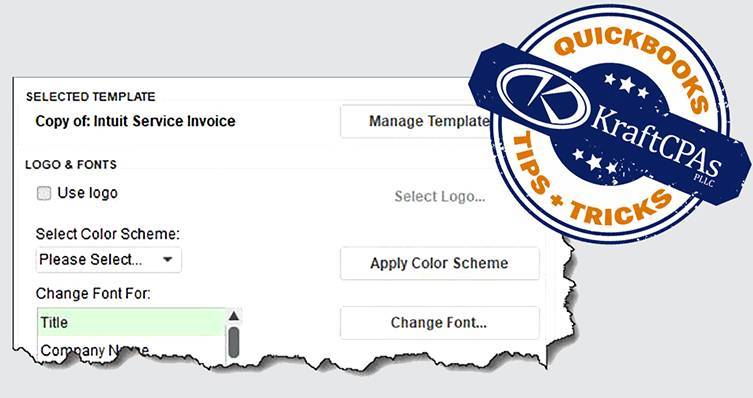You might assume that you don’t need to make estate planning moves because of the generous federal estate tax exemption of $12.92 million for 2023 (effectively $25.84 million if you’re married).
However, if you have significant assets, a living trust could help you avoid probate, the court-supervised legal process intended to make sure a deceased person’s assets are properly distributed. Probate often involves red tape, legal fees, and putting your financial affairs into the public domain. You can avoid this with a living trust, also known as a family trust, grantor trust, or revocable trust.
How they work
You establish the living trust and transfer legal ownership of assets for which you wish to avoid probate to it, such as your main home, a vacation property, antique furniture, etc.
In the trust document, you name a trustee to be in charge of the trust’s assets after you die and specify which beneficiaries will get which assets.
You can be the trustee while you’re alive. After that, you can designate your attorney, CPA, adult child, sibling, close friend, or financial institution to be the trustee.
Because a living trust is revocable, you can change its terms or even unwind it completely while you’re alive and legally competent. That’s why it’s called a living trust.
For federal income tax purposes, the existence of the living trust is ignored while you’re alive. As far as the IRS is concerned, you still own the assets that are in the trust. So, on your tax return, you continue to report any income generated by trust assets and any deductions related to those assets, such as mortgage interest on your home.
For state-law purposes, however, the living trust isn’t ignored. Done properly, it avoids probate. And that’s the goal.
When you die, the living trust assets are included in your estate for federal estate tax purposes. However, assets that go to your surviving spouse aren’t included in your estate — assuming your spouse is a U.S. citizen — thanks to the unlimited marital deduction privilege.
At least for now, you probably don’t have to worry about a federal estate tax bill with today’s huge exemption. But that exemption is scheduled to go down drastically in 2026 unless Congress extends it. If Congress fails to do so, you may need to revisit your estate plan.
A few caveats
A living trust has several benefits, but mind these details or you won’t get the expected probate avoidance:
- When you fill out forms to designate beneficiaries for life insurance policies, retirement accounts, and brokerage firm accounts, the named beneficiaries can automatically cash in upon your death without going through probate. If the distribution provisions of your living trust are different from your beneficiary designations, the latter will take precedence. So, keep beneficiary designations current because your living trust’s provisions won’t override them.
- If you co-own real estate jointly with right of survivorship, the other co-owner(s) will automatically inherit your share upon your death. It makes no difference what your living trust says.
- You must transfer legal ownership of assets to the living trust for it to perform its probate-avoidance magic. Many people set up living trusts and then fail to follow through by transferring ownership. If so, the probate-avoidance advantage is lost.
More planning may be needed
Living trusts do nothing to avoid or minimize the federal estate tax or state death taxes. If you have enough wealth to be exposed to these taxes, additional planning is required to reduce or eliminate them. Contact a KraftCPAs advisor for more information.
© 2023 KraftCPAs PLLC










